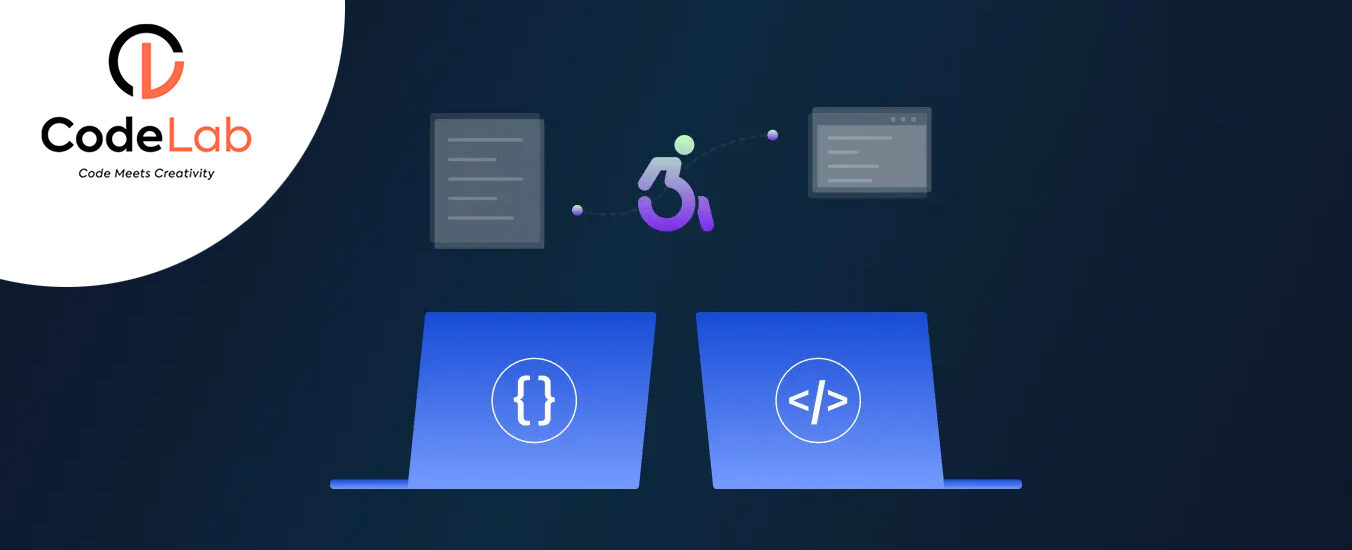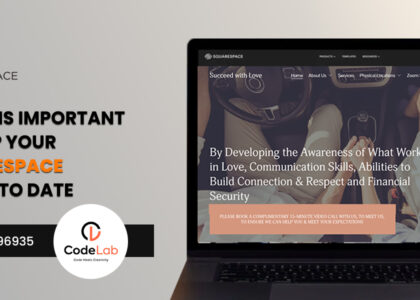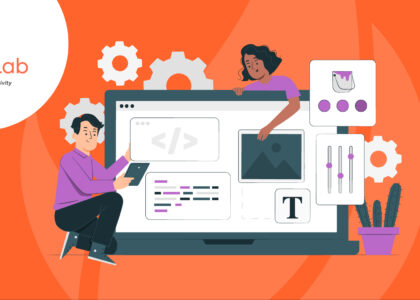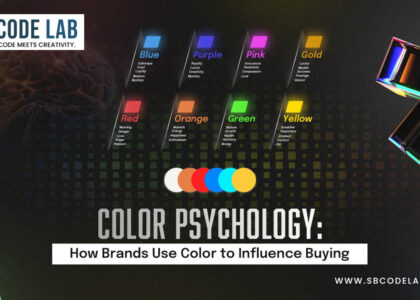As a frontend engineer at SB Code Lab, I’ve learned that digital accessibility is one of the most meaningful and impactful responsibilities in modern web development. Accessibility is not simply a compliance requirement — it’s a commitment to designing experiences that everyone can use, regardless of their abilities.
At its core, digital (web) accessibility means creating interfaces that every user can perceive, understand, navigate, interact with, and contribute to. When we build accessible digital products, we’re not improving the experience for just a small group — we’re improving it for everyone.

What Accessibility Looks Like in Practice
Throughout my work, I’ve seen how small, intentional development decisions can dramatically improve a user’s experience. A few examples:
- Using semantic HTML, meaningful link text, and proper alt attributes ensures blind and low-vision users can browse using screen readers or Braille displays.
- Adding captions and subtitles to videos allows users with hearing impairments to fully engage with your content.
- Writing content clearly, supported by visual diagrams or animations, helps users with dyslexia or learning challenges better understand the information.
These practices aren’t optional or “nice-to-have.” They are foundational to modern, user-centered development — and they reflect respect for how diverse audiences interact with technology.

The Standards That Guide Accessibility: WCAG
Digital accessibility aligns with the Web Content Accessibility Guidelines (WCAG), set by the World Wide Web Consortium (W3C). These standards act as a global benchmark for developers, designers, and content creators to ensure equal access for all users.
WCAG is built on four core principles that guide every SB Code Lab project:
1. Perceivable
Content must be presented in ways all users can perceive. Nothing should be invisible to their senses.
2. Operable
Navigation and UI components must function for everyone. No feature should depend on an interaction method that some users cannot perform.
3. Understandable
Both interface behavior and content must be clear, predictable, and easy to understand.
4. Robust
Content should remain compatible with a wide range of browsers, devices, and assistive technologies — even as they evolve.
Learn more here: https://www.w3.org/WAI/standards-guidelines/wcag/
Why Accessibility Benefits Everyone
Accessibility is often seen as “extra work,” but in reality, it delivers long-term advantages for businesses and users:
- Wider audience reach: Accessible websites work for people with different abilities, on any device or browser.
- Reduced development costs: Clean, semantic code is easier to maintain and scales better over time.
- Faster loading speeds: Proper separation of structure and styling improves performance.
- Improved usability for all users: A more intuitive, consistent, and readable experience benefits everyone — not just users with disabilities.
- Enhanced social responsibility: Accessibility demonstrates a brand’s genuine commitment to inclusion and equal access.
In my experience, prioritizing accessibility always results in more polished, professional, and future-ready digital products.
Does Your Website Meet Accessibility Standards?
A question we now ask every client is:
Does your website meet the minimum accessibility requirements?
If you’re unsure, you can perform a quick check here:
https://www.accessibilitychecker.org/
Accessibility is not just about rules or tools. It’s about building a digital world that is welcoming to everyone.
At SB Code Lab, we take this responsibility seriously — and we look forward to helping more businesses create truly inclusive digital experiences.
FAQ
Digital accessibility refers to designing and developing websites, apps, and digital content so that people of all abilities — including those with visual, auditory, motor, or cognitive impairments — can use them without barriers.
Accessibility ensures equal access for all users while improving usability, performance, SEO, and long-term maintainability. It also helps organizations comply with WCAG and ADA standards.
The Web Content Accessibility Guidelines (WCAG) are internationally recognized standards created by the W3C to ensure web content is perceivable, operable, understandable, and robust for all users.
Accessible websites use clean semantic code, optimized structure, proper HTML hierarchy, and efficient loading practices — all of which lead to faster performance and a better user experience.
You can start with quick tools like Accessibility Checker, Lighthouse, WAVE, and axe DevTools to evaluate your site’s compliance with WCAG standards.
Yes. Search engines reward websites with semantic HTML, alt text, proper headings, fast loading times, and improved user experience — all of which are core accessibility practices.
Absolutely. SB Code Lab specializes in WCAG/ADA audits, accessibility remediation, frontend improvements, and building fully accessible digital experiences from the ground up.





